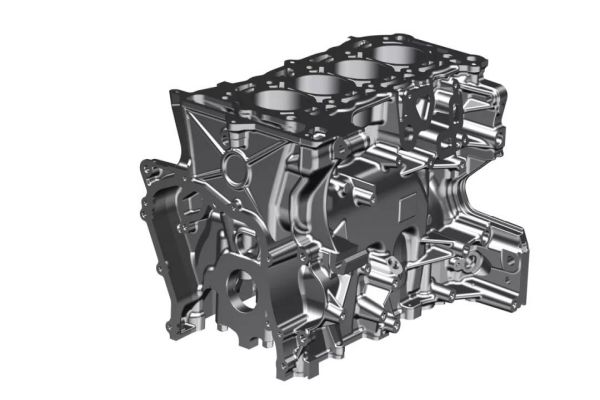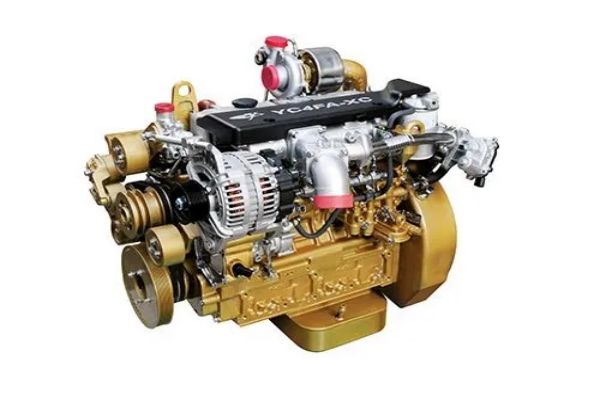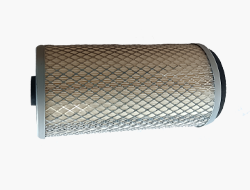Analysis Of The Causes Of Water Effluent In The Exhaust Pipe Of Bus Engines
Analysis Of The Causes Of Water Effluent In The Exhaust Pipe Of Bus Engines


After gasoline combustion, it mainly produces carbon dioxide, water, and a small amount of carbon monoxide. Every 1 kilogram of gasoline mixed with air and burned produces approximately 1.42 kilograms of water, which is mainly discharged into the atmosphere in a gaseous form. Due to the main muffler located at the rear of the car, which has a relatively low temperature and a multi chamber structure inside, it is easy to form water accumulation. When the engine is running at high speed, the water accumulation inside will be discharged under the action of the airflow, which is a common phenomenon of water spraying. Vehicles that frequently drive at low speeds on congested roads, especially in winter, may experience slightly severe water accumulation in the muffler.If the sulfur content in the fuel exceeds the standard, the engine will produce sulfur oxides after combustion, which, together with water, can easily cause corrosion and perforation of the muffler. Stopping the car on an uphill and slamming the accelerator in place helps to drain water and extend the lifespan of the muffler.

Bus experts suggest that if car owners are not at ease, they can go to the nearest bus 4S store for inspection and maintenance to ensure that the car condition is maintained at a good level.
Related Products










